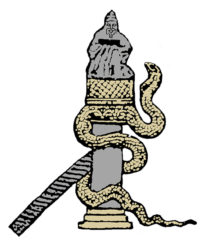The Authors and Their Families in Two Early 10th Century Byzantine Texts
Milan Vukašinović, EHESS et Université de Belgrade
It is well known that in preserved narrative sources from the middle Byzantine period we can very rarely find the author’s intrusion in the narration and, hence, trace the information about the authors of these works, up until the extreme precedent in the case of Michael Psellos.
However, in the Genesios’ work On the Reigns and in the anonymous Life of St Empress Theophano the data on the families of the authors are inserted with great care and in a manner that is highly intentional. The different genre of these works makes the literary creativity of their authors even more intriguing, and the doubt about possible commissioners of these works brings the question of literary production in the capital into the spotlight. The common trait of this phenomenon is an intrusion of a relatively extensive report on the closest relatives, living or deceased, which is justified neither by the genre in case, nor by the importance or consequences of their actions. The author of the Life of St Theophano, a dignitary at the court of Emperor Leo VI, is a rare case of a layman who wrote an extensive saint’s life. Unlike the hagiographers who took a monastic vow, the author of the Empress Theophano’s Life not only had a family, but chose to make their members protagonists of his work, and thus save them from oblivion. On the other hand, Genesios overemphasized the importance of the actions of his grandfather, Constantine the Armenian, that took place during the reign of Michael III and Basil I, claiming even that his ancestor and emperor Basil were close kin.
A common social position and relations of these two writers, as well as their similar treatment of the subject matter make their works a valuable evidence for the development of the sense of family and kinship in the changing landscape of the early 10th century Byzantine capital.

